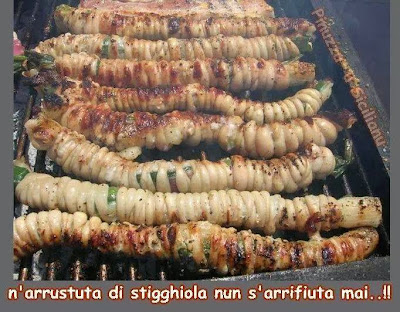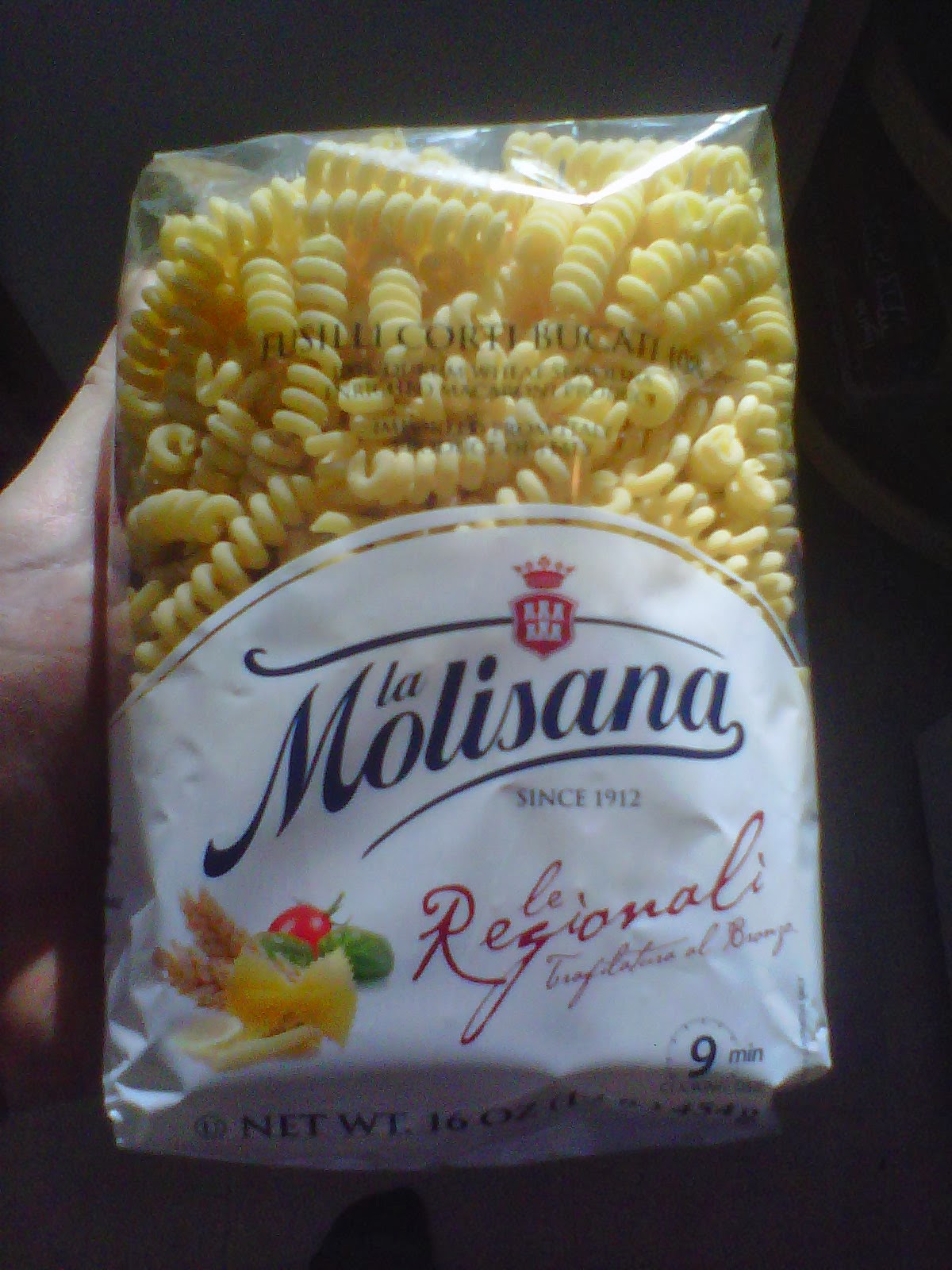In response to the article in Slate.com, “Requiem: classical music in America is dead” by Mark Vanhoenacker (January 21, 2014):
It's difficult not to react to an article entitled, “Requiem: classical music in America is dead.” Especially when I agree with the article.
In Italian, the word
cultura is related to the word
cultore, a person who passionately loves something. Definition No. 2 of
cultore is “a member of a cult.” However, when someone says that a musician or an artist has a “cult following,” that can be a great compliment. It means that his or her fans are touched deep inside by what the artist has done, even without the imprimatur of the establishment.
Almost everything that rich people enjoy as being “culture” was invented by poor people - often illiterate, often self-taught, and, frankly, often depressed. (They lived with their demons, rather than blot them out with pills.)
Each of the arts owes its origins to peasants. Culinary art is a good example. The recipes and techniques of the Italian and French peasants are used today by professional chefs - at least, the good chefs. If my ancesters already knew how to kill a pig and feed the entire family with it for one year, I suggest that today's cooking schools have not surpassed their knowledge. At least, I don't believe that there is a president of a cooking school today who would be able to feed his or her family on a farm without any refrigeration or any trips to a store.
 |
Chapel in Montefalcione built by my great-uncle,
Domenico Ciampa (born 1885). |
The visual arts are an even more extreme example. Everyone knows that the works of starving artists are owned by rich people and museums. A lesser known fact, however, is that while today's bored kids turn to entertainment and sports, yesterday's bored children turned to art. I have cousins who have wooden
rilievi (reliefs) hanging on their wall. They were carved by people named “Ciampa.” In a tiny town called Montefalcione, there still stands a small chapel built by my uncle Domenico. He had to be very young when he built it, because he was still young when he came to America. My family was not unusual in this way.
Great music-making existed long before the first conservatory. Long before Caccini and his friends coined the term “bel canto” around 1600, the average person on the street was singing with five vowels. And breathing? To breathe was the logical thing to do. Any peasant who had ever used a bellows got the concept. I understand that my readers need more evidence than that. I now provide it. One day, I was listening to music with my former wife, whose ancestry is Basque, via Cuba. We were listening to an aria sung by the great soprano Virginia Zeani. As we were listening, my wife asked, “What do you call that, when singers start soft on a note, then crescendo, then diminuendo?” I responded, “Oh, that's called '
messa di voce'.” “Oh,” she said. Pause. Then she added, “My abuela used to do that.”
So how did it happen that the German Romanticists, with a pistol in one pocket and poison in the other, wrote music that now is played by people in tuxes and black dresses, in halls where no one is allowed to make a peep? Why are people with doctorates telling us how to play Beethoven?
The recording industry, competitions, conservatories, churches - each has had a role in killing music. The first blow was the invention of the term, “classical.”
“Classical music” is not a genre. It's a label used on music that the majority doesn't like.
The advent of Ragtime, which led to Jazz, was a development that upset many people to the core. Today it's impossible to relate to the depth of this distress. Even someone with the most vivid imagination could not imagine “Alexander's Ragtime Band” as a “scandalous” song. But scandalize it did - not for the words, for the music.
So they needed a name for the music that was “not Ragtime or Jazz.” Symphonic music, opera, oratorio, chamber music, and songs all got lumped into this category called “classical.”
The oddest part about this fork in the road was that improvisation went with the jazzers. Classical musicians (other than organists) stopped improvising. We can put our finger on that moment as being the beginning of the decline.
How opera became “classical” is the most peculiar part of the story. Even in Caruso's day (early 1900s), the Old Met had the “diamond horseshoe,” the balcony where all the bejeweled elite sat. How did this happen? Opera in Italy was utterly popular music, with rowdy audiences. Even as recently as 50 years ago, in opera cities like Parma, Piacenza, and Reggio Emilia, the person on the street knew the operas and could tell if you deviated from the score. Opera was therefore “not uncool.” In fact, there was a time before the Russian Revolution when Odessa churned out so many brilliant pianists and violinists that it was, indeed, “cool” to play those instruments, in a similar - no, the same - way that athletes are cool today.
The youth gets to decide which songs reach 1,000,000 downloads and which do not. But let us be clear: it is not a question of coolness. It is a question of authenticity. I ask you musicians: do you expect the youth to experience Beethoven and Schumann in the context of the concert hall, or in the context of someone ready to jump into the river, or to cut off his ear? Because the latter is authentic. And if youth seek one thing, it is authenticity.
Authenticity can flourish in the mainstream. It has already taken hold in the culinary world. When I was a kid in the '70s, you walked into a supermarket, and the coffee was Chock Full o' Nuts; the pasta was Prince; and the olive oil I can't even speak of. The shelves contained more margarine than butter. Thirty years later, you could walk into a supermarket and have your pick of imported olive oil, imported balsamic vinegar, imported pastas, whole-wheat pastas, and whole-bean coffees roasted with integrity. Today you can buy these ingredients without anyone thinking you're an “eccentric” or a “yuppy.” It's now part of the mainstream.
There's no logical reason why authenticity can't take hold in the musical world, as well. Modern composers aren't obliged to write atonal music, as they were in the 1950s. And if in previous centuries individual movements of concertos and symphonies were performed separately, interspersed with other pieces, you are not historically bound to force an audience to sit still for 45 minutes straight and unwrap their cough drops with the utmost delicacy.
It is childish to blame the public. “What's wrong with people that they won't come to the museum/church/concert hall?” The people have their reasons. And frankly, they're good ones.
It's also childish, or at least futile, to blame the institutions. The conservatory is only one stretch of a pathway, and it is not the pathway of Bach or Chopin. The typical pathway of “the famous classical musician” is to enroll in a conservatory, pay an obscene tuition exceeding that of a state university, win competitions (which function like the Olympics: the victor isn't chosen, everyone else is eliminated), get a New York manager, play the same two concertos 50 times each all over the world, then at age 30 you quit performing, sell insurance, and tell your shrink, “I'm not happy.” You are prescribed pills in just the right dosage that you no longer have anything to say musically. The conservatory system is broken, just as broken as our prison system that punishes people but doesn't give them the skills to survive on the outside. It is not rational to travel the conservatory pathway if your goal is to be a great musician.
To blame the church is a little more tempting for an organist. Most organs are currently located there! However, that was not always the case. A century ago there were numerous organs in theatres, civic auditoriums, and schools. Organists themselves have to solve this problem, not expect the church to solve it. The church has its own survival problems. You don't book a cruise on a leaky ship.
So yes, “classical music” in its current incarnation is near death. And that's a good thing, because the current incarnation is flawed. The world needs “authentic music.” If Schumann is to be played, it should be played by poor, suicidal youths, to an audience of poor, suicidal youths. Even more crucially, the youths should compose their own music, in their own language. But it should be on acoustic instruments, because they are authentic and they sound better. Just as real extra-virgin olive oil is authentic and tastes better. Just as a Picasso looks better than a JPEG of a Picasso. Authentic music is not dead. It lies in the souls of young peasants. Just as it always did.






































